Home>Gardening & Outdoor>Outdoor Recreation & Activities>What Does Swimming Pool Rash Look Like?
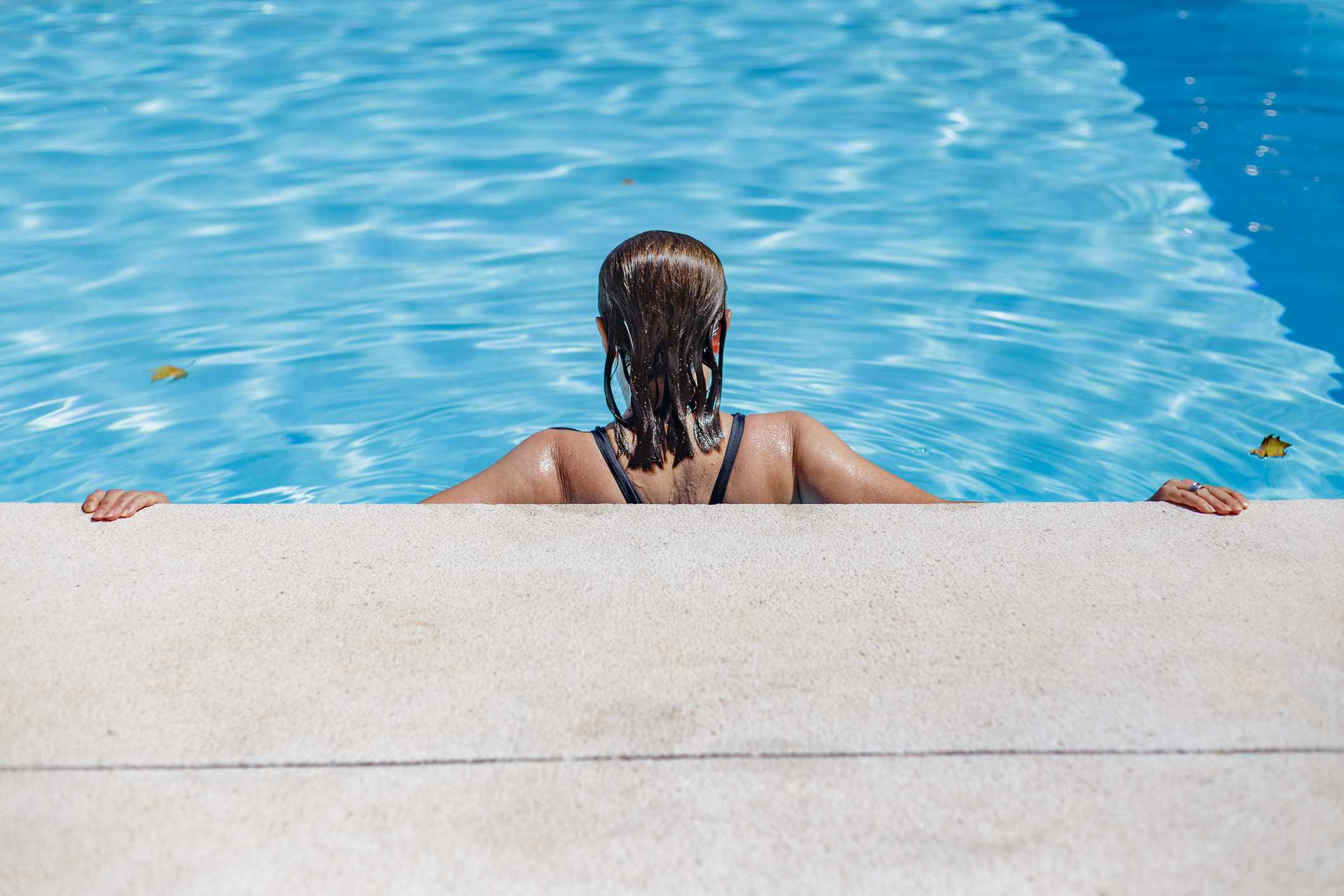

Outdoor Recreation & Activities
What Does Swimming Pool Rash Look Like?
Published: February 17, 2024
Discover the symptoms and appearance of swimming pool rash, caused by outdoor recreation and activities. Learn how to identify and treat this common skin condition.
(Many of the links in this article redirect to a specific reviewed product. Your purchase of these products through affiliate links helps to generate commission for Storables.com, at no extra cost. Learn more)
Introduction
Swimming is a popular recreational activity enjoyed by people of all ages. Whether it's a refreshing dip in a community pool, a leisurely swim in a natural lake, or an invigorating session in an indoor facility, the allure of swimming is undeniable. However, amidst the joy and relaxation that swimming brings, there is a potential downside that swimmers may encounter: the dreaded swimming pool rash.
Swimming pool rash, also known as "chlorine rash" or "hot tub rash," is a skin condition that can develop after swimming in pools or hot tubs. It manifests as an itchy, red rash that can be uncomfortable and unsightly. This condition can put a damper on the post-swim glow and lead to discomfort for swimmers of all ages.
Understanding the symptoms, causes, treatment, and prevention of swimming pool rash is crucial for anyone who enjoys aquatic activities. By gaining insight into this common issue, swimmers can take proactive measures to minimize the risk of developing a swimming pool rash and ensure a more enjoyable and worry-free swimming experience.
In the following sections, we will delve into the symptoms of swimming pool rash, explore its potential causes, discuss effective treatment options, and provide valuable tips for preventing this bothersome skin condition. Whether you're a seasoned swimmer, a parent supervising young swimmers, or someone considering taking up swimming as a recreational activity, this comprehensive guide will equip you with the knowledge needed to navigate the waters with confidence and peace of mind.
Key Takeaways:
- Don’t let the “dreaded swimming pool rash” ruin your fun! Recognize the itchy, red rash, bumps, and tenderness, and take steps like showering before and after swimming to prevent it.
- Keep your skin happy and rash-free! Use moisturizer, choose well-maintained pools, and rinse swimwear thoroughly to minimize the risk of developing a swimming pool rash.
Read more: What Does An Attic Look Like
Symptoms of Swimming Pool Rash
Swimming pool rash, also known as chlorine rash or hot tub rash, can manifest in various ways, causing discomfort and irritation for affected individuals. Recognizing the symptoms is crucial for prompt identification and appropriate action. Here are the common symptoms associated with swimming pool rash:
-
Itchy, Red Skin: One of the hallmark symptoms of swimming pool rash is the development of an itchy, red rash on the skin. This rash can appear in localized areas or spread across larger portions of the body, depending on the severity of the reaction. The itching sensation can range from mild to intense, leading to considerable discomfort for the affected individual.
-
Bumps or Pimples: In some cases, swimming pool rash may present as small bumps or pimples on the skin. These raised areas can be red or flesh-colored and may contribute to the overall itchiness and irritation experienced by the individual.
-
Tenderness and Sensitivity: The affected skin may become tender and sensitive to the touch. This heightened sensitivity can exacerbate the discomfort associated with the rash, making it challenging for individuals to ignore or overlook the symptoms.
-
Inflammation and Swelling: In more severe cases, the affected skin may exhibit signs of inflammation, leading to swelling and redness. This can further intensify the discomfort and visual impact of the rash, prompting individuals to seek relief and resolution.
-
Discomfort After Swimming: Individuals who develop swimming pool rash may experience discomfort and itching shortly after swimming in chlorinated pools or hot tubs. This post-swim reaction can serve as a key indicator of the presence of a swimming pool rash, prompting individuals to investigate and address the underlying cause.
Recognizing these symptoms is essential for identifying swimming pool rash and differentiating it from other skin conditions. By remaining vigilant and attentive to these manifestations, individuals can take proactive measures to address the issue and seek appropriate treatment to alleviate the discomfort and restore the health of their skin.
Causes of Swimming Pool Rash
Swimming pool rash can be attributed to various factors, each contributing to the development of this bothersome skin condition. Understanding the underlying causes is essential for implementing effective preventive measures and minimizing the risk of experiencing this discomfort. Here are the primary causes of swimming pool rash:
-
Chlorine Irritation: Chlorine is commonly used to disinfect swimming pools and maintain water quality. While it serves a crucial role in preventing the spread of waterborne illnesses and maintaining a hygienic swimming environment, excessive exposure to chlorine can irritate the skin. When chlorine interacts with organic matter such as sweat, urine, and body oils, it can form chloramines, which are known to cause skin irritation and contribute to the development of swimming pool rash.
-
pH Imbalance: The pH level of pool water plays a significant role in ensuring a comfortable and safe swimming experience. When the pH level is either too high or too low, it can lead to skin irritation and exacerbate the risk of developing a swimming pool rash. Imbalanced pH levels can compromise the skin's natural protective barrier, making it more susceptible to irritation and discomfort upon contact with chlorinated water.
-
Bacteria and Contaminants: Despite the presence of chlorine, swimming pools can still harbor bacteria, algae, and other contaminants that pose a risk to swimmers. Inadequate maintenance, poor water circulation, and insufficient filtration can contribute to the proliferation of these microorganisms, leading to skin irritation and potential rash development upon exposure.
-
Sensitivity and Allergies: Some individuals may have heightened sensitivity or allergic reactions to chlorine and other chemicals commonly used in pool maintenance. This can predispose them to developing a swimming pool rash even with minimal exposure to chlorinated water. Additionally, certain skin conditions and pre-existing allergies can exacerbate the skin's response to swimming pool chemicals, leading to the manifestation of a rash.
-
Prolonged Water Exposure: Spending extended periods in chlorinated water, whether in a pool or a hot tub, can increase the likelihood of developing a swimming pool rash. Prolonged exposure allows the skin to come into prolonged contact with chlorine and other pool chemicals, potentially leading to skin irritation and the onset of a rash.
By understanding these underlying causes, swimmers can take proactive steps to mitigate the risk of developing a swimming pool rash. Implementing proper skin care routines, ensuring adequate hydration, and choosing well-maintained swimming facilities can contribute to a more enjoyable and rash-free swimming experience.
Treatment for Swimming Pool Rash
Upon discovering the presence of a swimming pool rash, prompt and appropriate treatment is essential to alleviate discomfort and promote the healing of the affected skin. While the symptoms of swimming pool rash can be bothersome, there are several effective treatment options that individuals can consider to address this condition and restore the health of their skin.
Gentle Cleansing
One of the initial steps in treating swimming pool rash involves gentle cleansing of the affected skin. Using mild, fragrance-free soap and lukewarm water, individuals can carefully wash the rash-affected areas to remove any residual chlorine, pool chemicals, or impurities that may contribute to irritation. Patting the skin dry with a soft towel is recommended to avoid further aggravating the rash.
Read more: What Does Thyme Look Like?
Topical Anti-Itch Creams
To alleviate the itching and discomfort associated with swimming pool rash, the application of topical anti-itch creams or lotions can provide relief. Products containing ingredients such as hydrocortisone or calamine can help soothe the affected skin and reduce the urge to scratch, promoting a more comfortable healing process.
Cool Compresses
Applying cool compresses to the rash-affected areas can help alleviate inflammation and reduce itching. A clean cloth soaked in cool water, gently applied to the skin, can provide a soothing sensation and aid in minimizing the discomfort caused by the rash.
Moisturization
Keeping the skin well-hydrated through the use of gentle, fragrance-free moisturizers can contribute to the healing process. Moisturization helps restore the skin's natural barrier and promotes overall skin health, potentially reducing the duration and severity of the swimming pool rash.
Over-the-Counter Antihistamines
For individuals experiencing significant itching and discomfort, over-the-counter antihistamine medications can be considered to help manage these symptoms. These medications can help reduce itching and inflammation, providing relief while the skin undergoes the healing process.
Read more: What Does A Gable Look Like?
Medical Evaluation
In cases where the swimming pool rash is severe, persistent, or accompanied by additional symptoms such as fever or extensive swelling, seeking medical evaluation is advisable. A healthcare professional can assess the condition, provide targeted treatment recommendations, and rule out any underlying complications that may require specialized care.
By implementing these treatment measures, individuals can effectively address swimming pool rash and promote the healing of their skin. It is important to monitor the progress of the rash and seek medical attention if the symptoms persist or worsen, ensuring a timely and comprehensive approach to managing this common skin condition.
Prevention of Swimming Pool Rash
Preventing swimming pool rash is a proactive endeavor that involves implementing various strategies to minimize the risk of developing this bothersome skin condition. By adopting preventive measures, individuals can enjoy their swimming activities with greater confidence and comfort, knowing that they have taken steps to safeguard their skin health. Here are essential tips for preventing swimming pool rash:
-
Shower Before and After Swimming: Prior to entering the pool, taking a thorough shower can help remove impurities, sweat, and personal care products from the skin. This pre-swim shower reduces the likelihood of these substances reacting with chlorine in the pool water, thereby minimizing the potential for skin irritation and rash development. Additionally, a post-swim shower serves to rinse off residual chlorine and pool chemicals, further reducing the risk of skin irritation.
-
Hydrate the Skin: Applying a layer of moisturizer to the skin before swimming forms a protective barrier that can help mitigate the drying effects of chlorine. Opt for moisturizers specifically formulated for swimmers, as these products are designed to counteract the dehydrating impact of pool chemicals and promote skin hydration during and after swimming sessions.
-
Choose Well-Maintained Facilities: Selecting swimming facilities with a reputation for proper maintenance and water quality management is crucial for minimizing the risk of swimming pool rash. Well-maintained pools with balanced pH levels, adequate chlorine levels, and efficient filtration systems offer a safer and more skin-friendly swimming environment.
-
Wear Protective Gear: In instances where individuals are particularly sensitive to chlorine or have a history of skin reactions, wearing protective gear such as swim shirts or rash guards can provide an additional layer of defense against the potential irritants present in pool water. These garments act as a physical barrier, reducing direct skin contact with chlorine and minimizing the risk of developing a swimming pool rash.
-
Rinse Swimwear Thoroughly: After each swimming session, thoroughly rinsing swimwear with clean water helps remove residual chlorine and pool chemicals that may adhere to the fabric. Properly cleaned swimwear reduces the likelihood of prolonged skin exposure to these irritants, contributing to a lower risk of developing a swimming pool rash.
-
Monitor Swimming Duration: Limiting the duration of time spent in chlorinated water can help reduce the risk of skin irritation and rash development. Taking periodic breaks from swimming and allowing the skin to air dry can provide relief from prolonged exposure and minimize the potential impact of pool chemicals on the skin.
By incorporating these preventive measures into their swimming routine, individuals can significantly reduce the likelihood of developing a swimming pool rash. Proactive skin care, prudent facility selection, and attentive post-swim practices contribute to a more enjoyable and worry-free swimming experience, allowing swimmers to focus on the benefits of this popular recreational activity without the concern of skin irritation.
Frequently Asked Questions about What Does Swimming Pool Rash Look Like?
Was this page helpful?
At Storables.com, we guarantee accurate and reliable information. Our content, validated by Expert Board Contributors, is crafted following stringent Editorial Policies. We're committed to providing you with well-researched, expert-backed insights for all your informational needs.

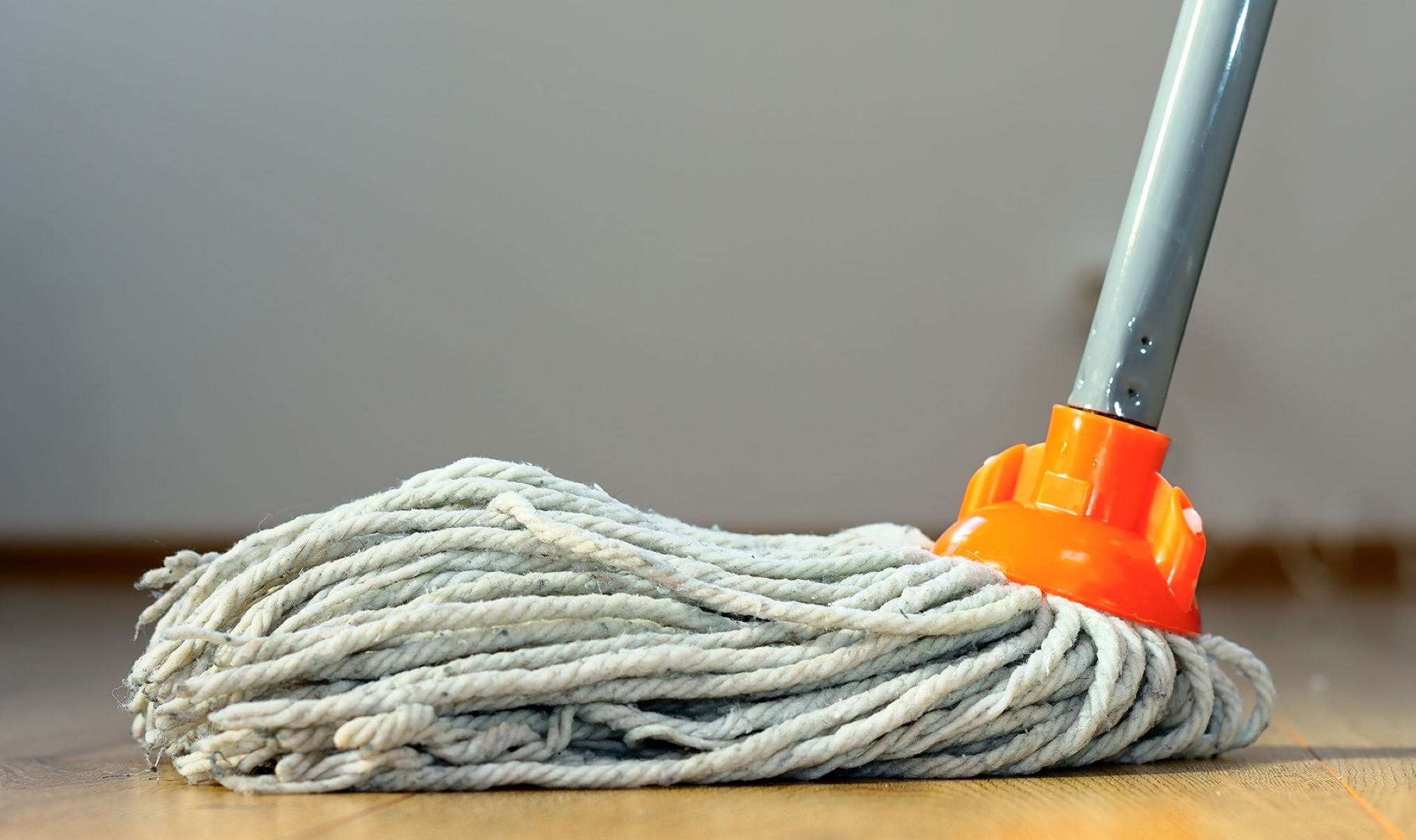


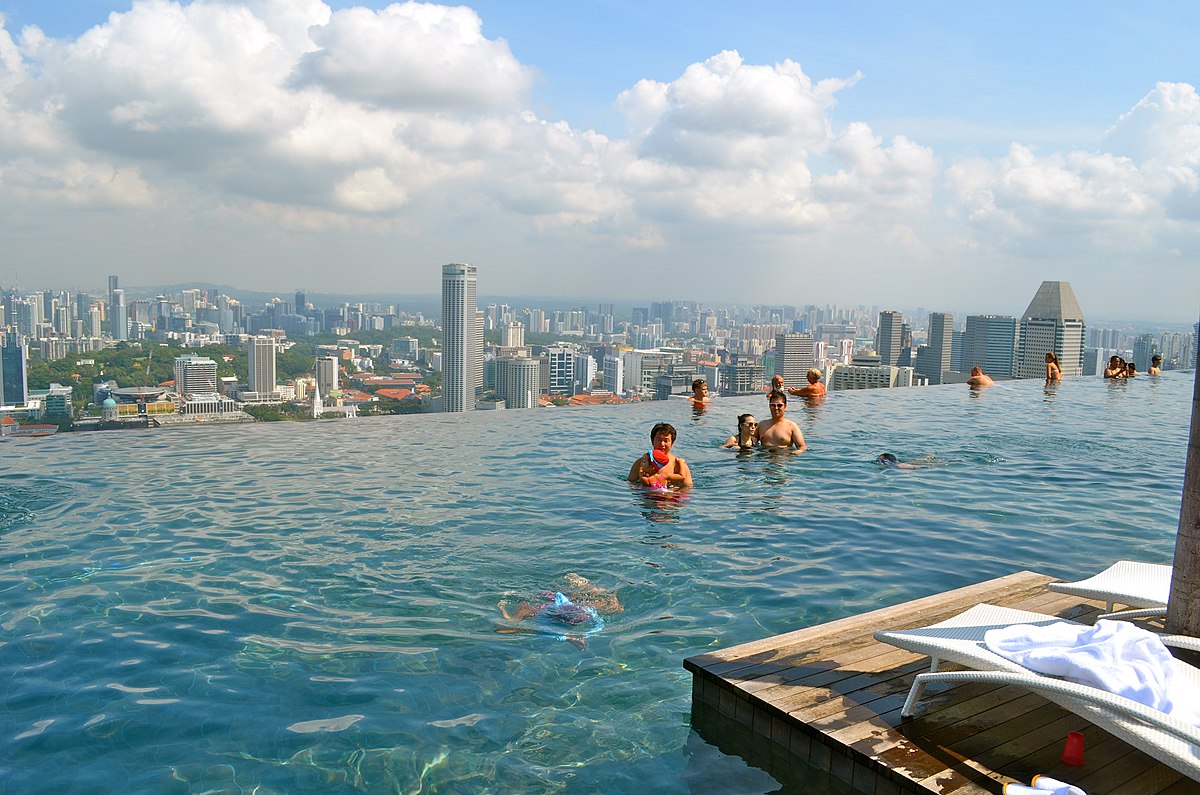
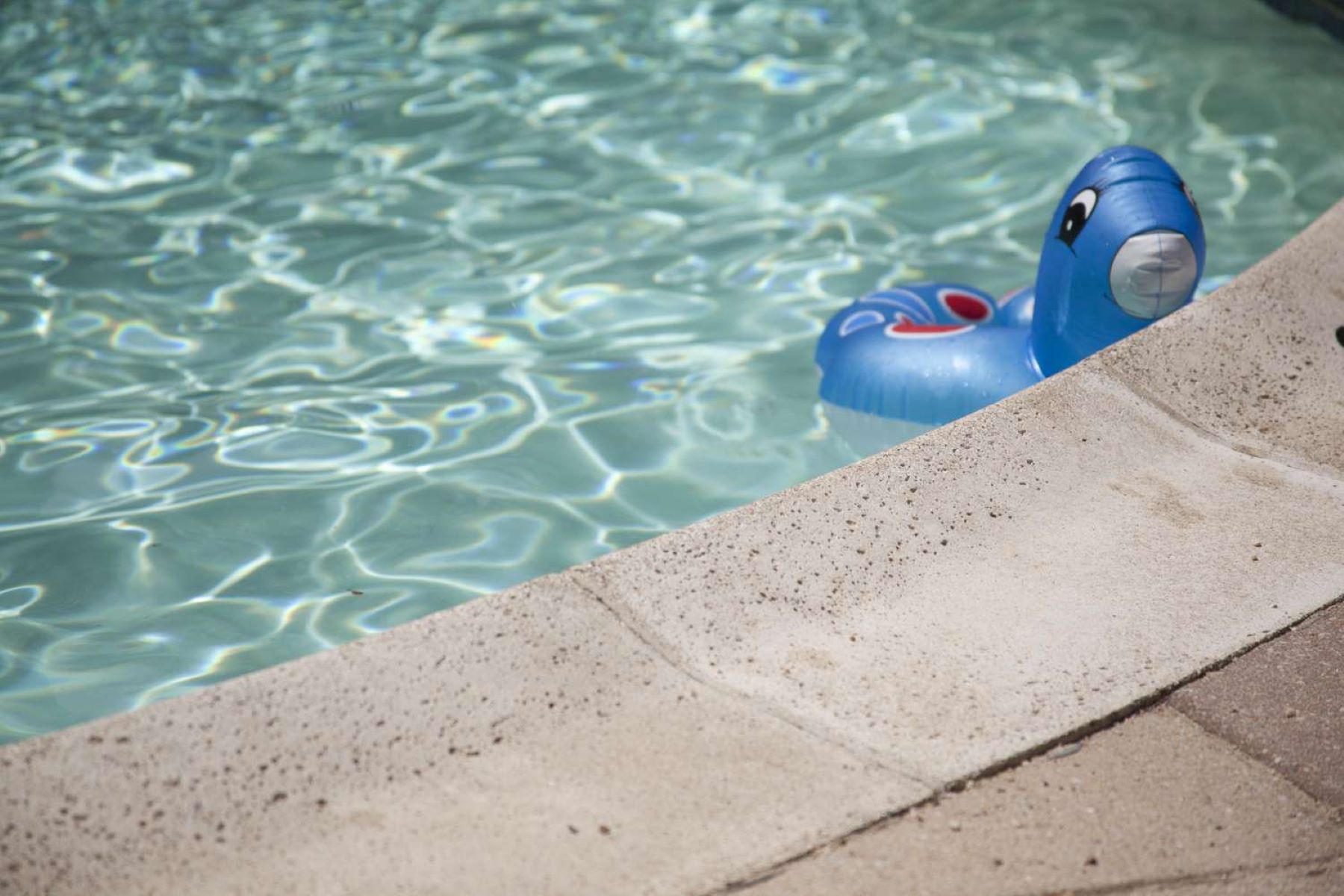



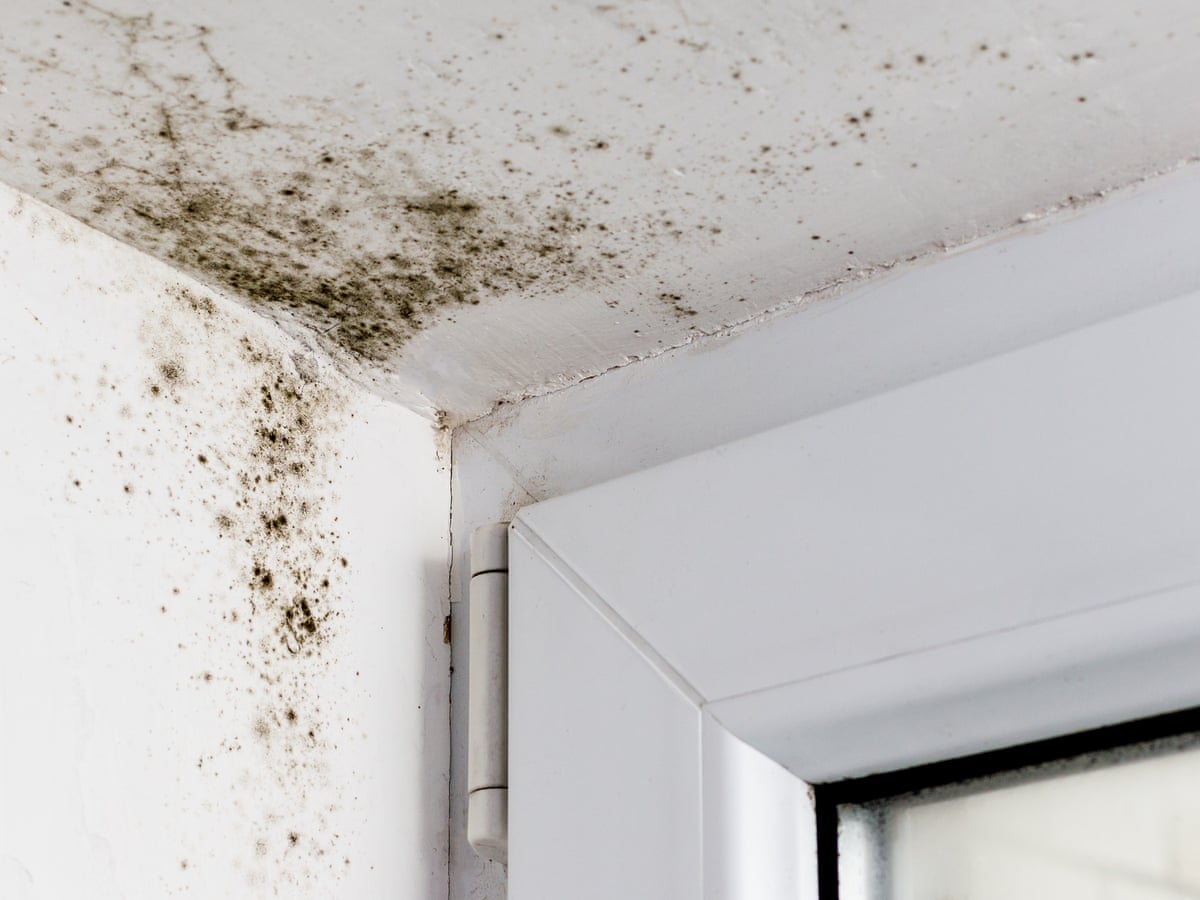
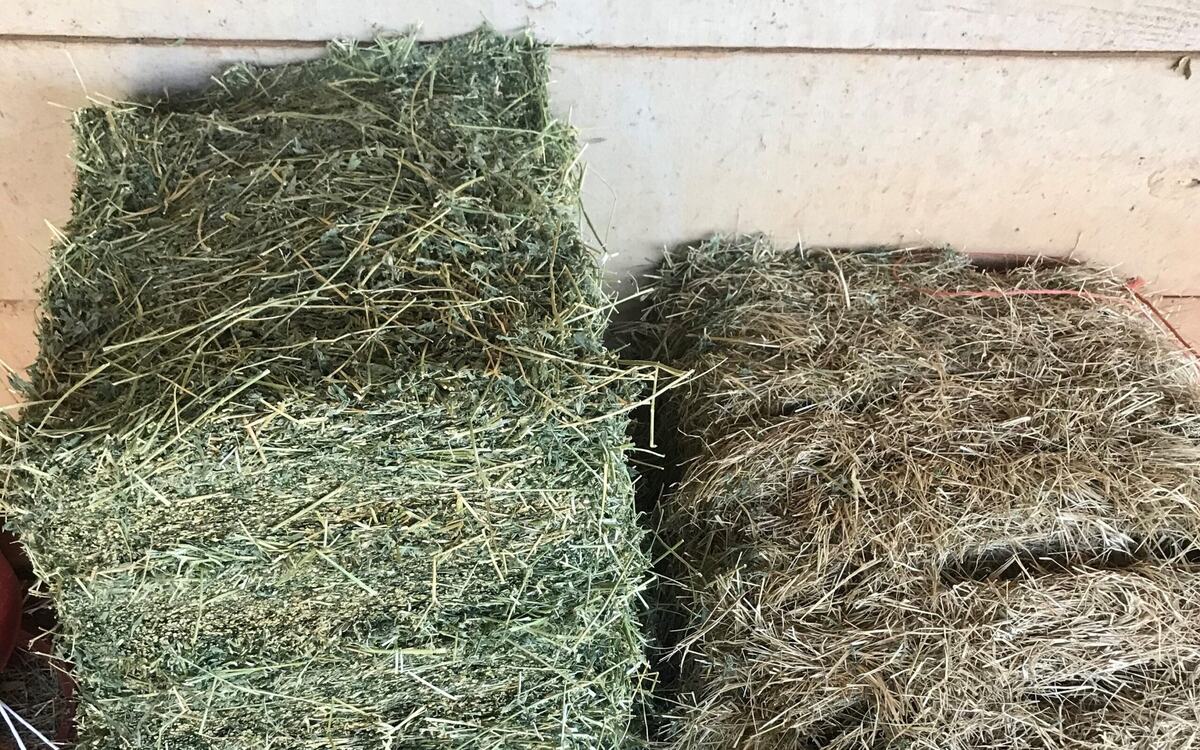

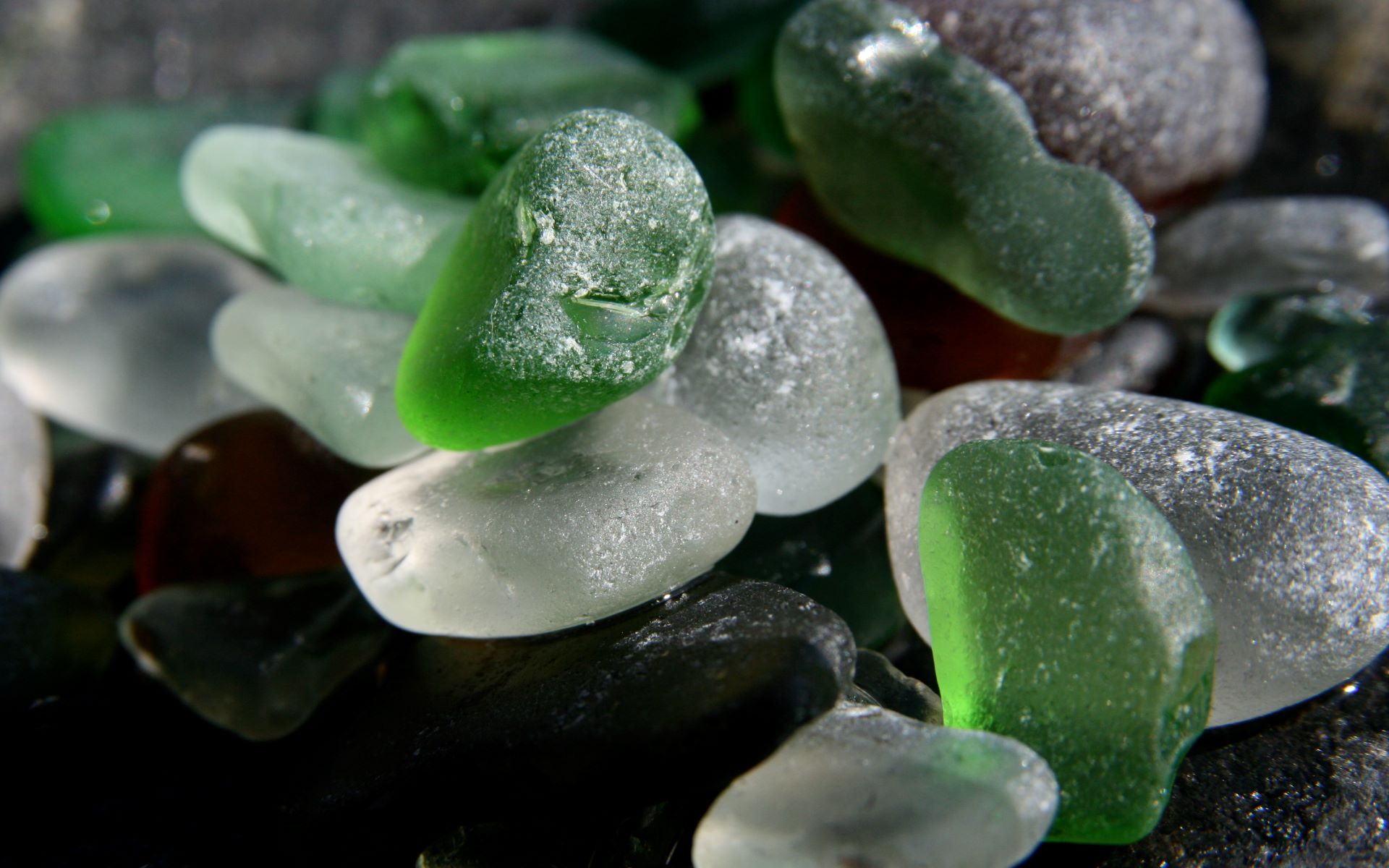

0 thoughts on “What Does Swimming Pool Rash Look Like?”